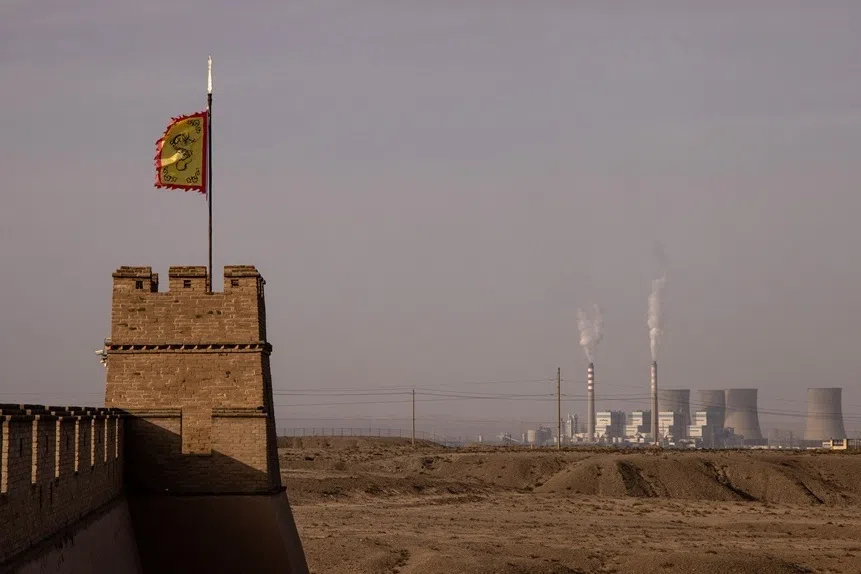Why Beijing believes it can outlast Trump’s trade war
Taking China’s economic pulse soon after the Two Sessions, analyst Chen Long observes that there is a sense on the ground that the worst may have passed, even despite the new tariffs imposed by the US.
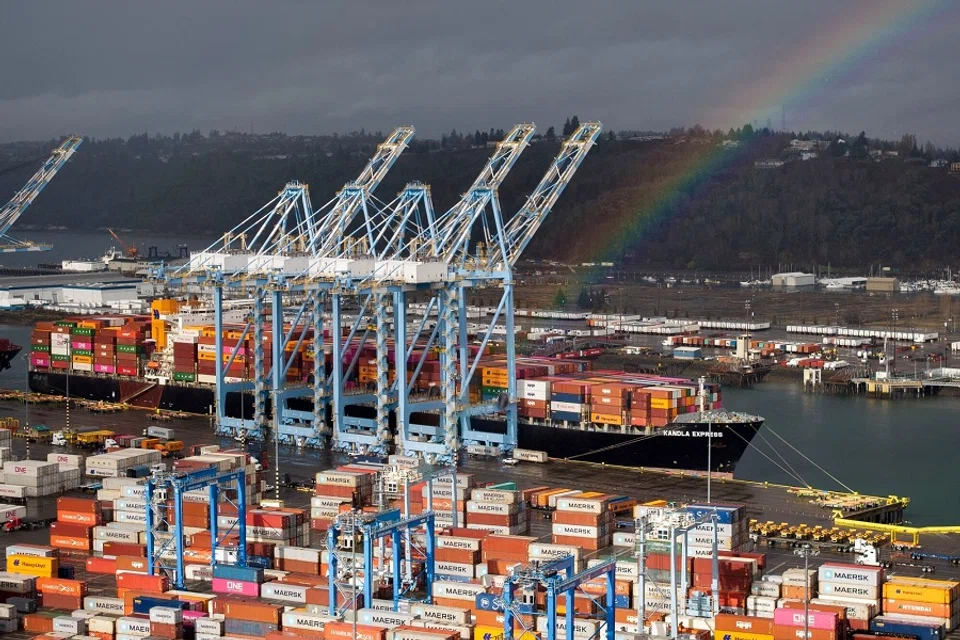
The second US-China trade war is on. Trump has added tariffs on Chinese products by another 20 percentage points since his inauguration, bringing the effective tariff rate on China to over 30%. Beijing’s reactions have been clear: striking back with tariff and non-tariff measures and supporting the domestic economy with larger fiscal spending. Caving in is not an option and it is in no rush to start a negotiation.
Beijing’s tactics are more sophisticated this time than they were during the first trade war. It has deployed a combination of targeted tariffs, export controls and company-specific measures, while last time it was mainly tariffs.
In response to Trump’s blanket tariff on all Chinese goods, Beijing chose to target specific types of US goods, including cars, energy and soybeans. Combined, China raised tariffs covering around US$35 billion of US products, equivalent to roughly 25% of US exports to China in 2024, with ten to 15 percentage point rate hikes, whereas Trump has raised tariffs against the entirety of Chinese exports by 20 percentage points.
... blanket tariffs will inevitably hurt Chinese firms because some costs would be passed to Chinese importers who cannot completely move away from US goods, such as aircrafts and agricultural products...
Chinese response wiser in trade war 2.0
Deploying targeted tariff retaliation is wiser (not weaker) than doing a blanket one. Since the US imports three times as much as it exports to China and runs an annual trade deficit of US$300 billion with China, the US is always able to “out-tariff” China even if China were to impose tariffs on all its imports from the US. Also, blanket tariffs will inevitably hurt Chinese firms because some costs would be passed to Chinese importers who cannot completely move away from US goods, such as aircrafts and agricultural products, just as Trump’s blanket tariffs will hurt US businesses and consumers.
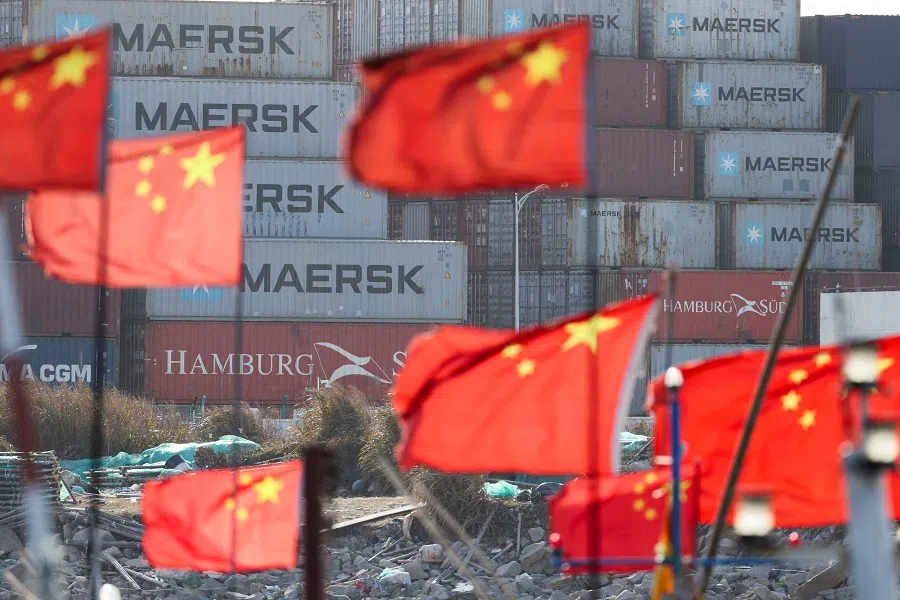
In addition, Beijing introduced more export controls on several minerals, added 15 US firms to the dual-use item export control list, put a dozen US firms to its unreliable entity list, and initiated an anti-trust probe into Google. This type of multi-pronged approach will likely be the standard response along every step of the new trade war.
Some people are of the opinion that China should offer Trump something so that he can claim a “win” at home and further escalation can be avoided. Apparently, Beijing does not share this view, and this view is indeed too naive.
... many economies including Canada and the EU have also resorted to retaliatory tariffs after seeing that Trump does not back off. This development will justify Beijing’s belief that playing hardball is the best way to play with a bully.
Playing hardball to play with a bully
It too easily assumes that Trump is not all that serious about tariffs and can easily rollback. It could be very wrong. One of Trump’s biggest focuses is on reducing the trade deficit — hence his focus on tariffs. In the phase one trade agreement signed at the end of the first trade war, Beijing ended up offering Trump more imports to cut the bilateral trade imbalance. However, the import promises made in the deal were extremely unrealistic, even at first glance, and they did not materialise. The bilateral trade imbalance remains very large five years later, and it seems that there is little Beijing can do to change that in the near term.
What’s more, the concessions Mexico and Canada offered to make in February did not spare them from Trump’s tariffs. The only thing they managed to receive was a one-month delay. Now, many economies including Canada and the EU have also resorted to retaliatory tariffs after seeing that Trump does not back off. This development will justify Beijing’s belief that playing hardball is the best way to play with a bully.
Chinese investment in the US as appeasement not likely
Several countries are using the promise of investment to woo Trump, floating huge figures without clear definitions or timelines. China has not done that and it is hardly an available option anyway. First, these countries are mainly US allies and they rely heavily on the US for security. Beijing’s calculations and strategies will be completely different. Second, it is far from clear if this method is going to spare them from the tariffs. Third, it is extremely risky for Chinese firms to invest in the US. The latest America First Investment Policy memorandum outlined the next steps to further restrict two-way investments between the US and China.
The more damage the tariffs cause, the more leverage Beijing will have at the negotiation table at the end.
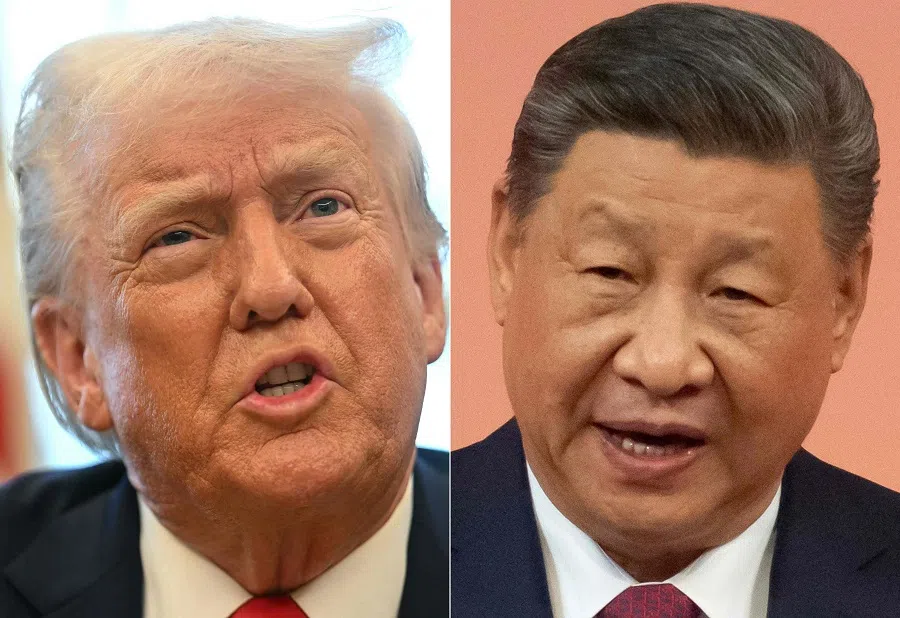
At this stage, Beijing is probably in no hurry to jumpstart negotiations with the US and its senior officials have not met their US counterparts. It is closely following the effect of the tariffs on the US economy as well as the financial market. Trump’s strategy of simultaneously raising tariffs on all major trading partners has caused a sell-off in the stock market. American firms are sounding alarms about how tariffs will force them to raise prices on US consumers, and investors are worried about the prospects of corporate profits. The more damage the tariffs cause, the more leverage Beijing will have at the negotiation table at the end.
China staying fairly confident
Of course, Chinese exports will face downward pressure with the 20 percentage point additional tariffs and the potential further escalations. Beijing seems still confident with the economy, as it once again set the target for annual real GDP growth at “around 5%” at the annual meeting of the National People’s Congress, the same as last year. This matches expectations, as 30 of the 31 provinces set their GDP growth targets at 5% or above. Household income growth is projected to grow in line with GDP.
The main approach to China delivering such growth despite the tariffs is a more expansionary fiscal policy. Beijing narrowly defines “the deficit” as the spending financed by general government bond issuance, and that totals 5.66 trillion RMB for 2025, projected to be 4% of GDP. This figure is the one most media outlets report, but that’s far from the overall picture, because a lot more spending will be financed by other sources and are not included in this narrowly-defined deficit.
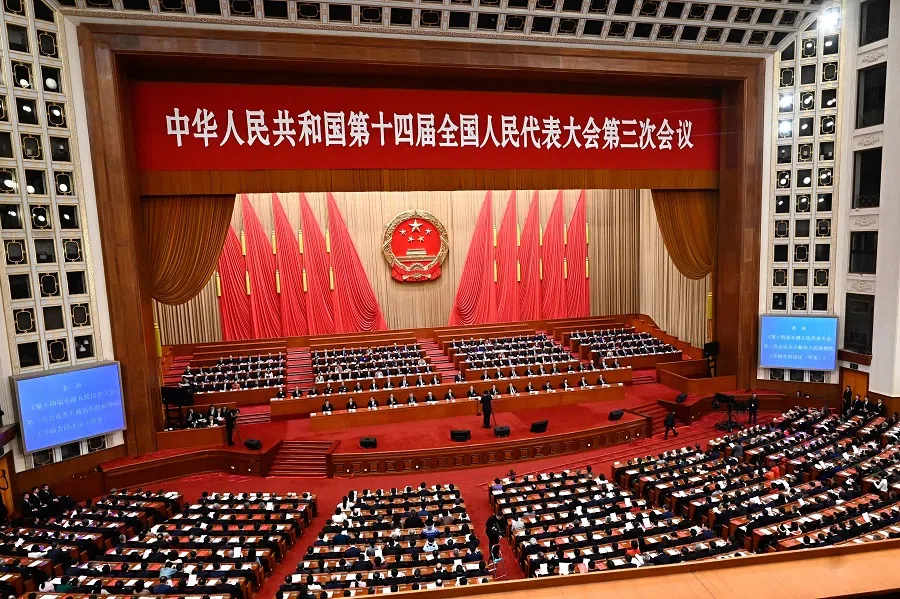
In addition, the government will spend about 2 trillion RMB from the fiscal reserve. What’s more, Beijing has also approved more special government bond sales, which are under government-managed funds and therefore not counted as part of the deficit. A total of 4.4 trillion RMB of special local government bonds will be sold this year, up from last year’s RMB 3.9 trillion.
Beijing will also sell 1.8 trillion RMB of special central government bonds (CGBs). Of this, 500 billion RMB will be used to inject capital into the big state-owned banks, and 1.3 trillion RMB will be used to support major infrastructure projects and consumer goods upgrading programmes, 30% larger than last year.
... the aggregate fiscal deficit for 2025 is up to 14 trillion RMB, nearly 10% of GDP. This is the biggest projected deficit since 2020 and will be the biggest deficit ever if fully executed.
Real estate market may yet turn the corner
In total, the aggregate fiscal deficit for 2025 is up to 14 trillion RMB, nearly 10% of GDP. This is the biggest projected deficit since 2020 and will be the biggest deficit ever if fully executed. The track record in the past few years shows the actual spending always undershot the projected budget. For example, last year’s total deficit according to the budget report was 11.1 trillion RMB, but in practice the deficit was just RMB 10.4 trillion. If the same execution rate applies to this year’s deficit, it is still going to be unprecedented.
Another big factor is the real estate market. It will be key if it can finally bottom out after three years of decline, and there is a good chance that it will. In the first two months, the top 100 developers reported a 1.2% year-on-year decline in their sales value, slightly weaker than the performance in Q4 (+0.2%), but much better than the same period last year, when sales were still tanking heavily. Tier-one cities like Shanghai have even reported some recovery in land prices, a sign of recovering confidence.
In any case, the sentiment in China is notably better this year. There is a sense on the ground that the worst may have passed, even despite the new tariffs. This may be due to a few reasons: the housing market has seen major corrections, the stock market has been doing fine recently, and there have been some technological breakthroughs. The consumer confidence index seems to have bottomed out. These will all embolden Beijing’s confidence to have the protracted war with the Trump administration.

